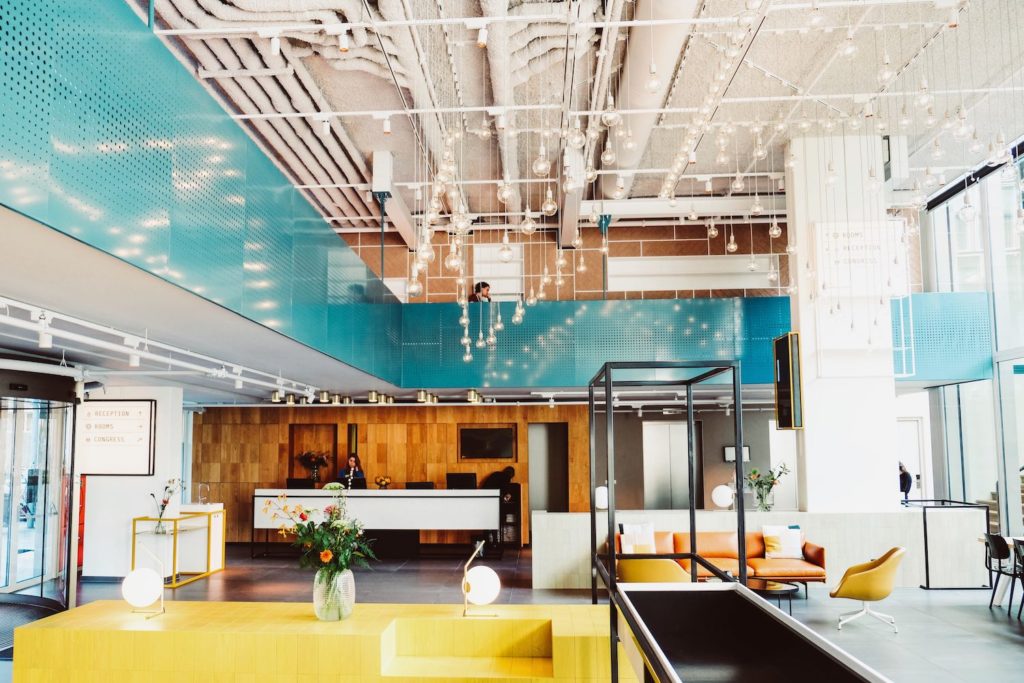LGBTQIA+ IDENTITY AND HISTORY
At Hotel Casa, we celebrate individuality and foster a welcoming environment for all. We honor the incredible progress made in the fight for LGBTQIA+ rights and equality. While many people are familiar with the basics of the community, there are (historical) facts that can further enrich our understanding and appreciation. This blog delves into four (historical) aspects of the LGBTQIA+ community. Let’s keep on celebrating equality, not just during Pride festivities. Let’s dive into the LGBTQIA+ identity and history.
The origins of the Rainbow Flag
The birth of the Rainbow Flag, an iconic symbol of LGBTQIA+ pride and unity, can be traced back to 1978 when it was first crafted by Gilbert Baker. Each color carries a unique significance: red for life, orange for healing, yellow for sunlight, green for nature, blue for harmony, and violet for spirit. With variations over the years, including brown, black, pink, white, and blue stripes, the flag now symbolizes the ongoing fight against racism, the impact of HIV/AIDS, and the importance of supporting transgender rights.
As a powerful symbol of hope and unity, the Pride Flag continues to evolve, honoring the diverse experiences and identities within the LGBTQIA+ community while advocating for a more inclusive and equal world.

The role of the community in the fight against HIV/AIDS
During the early days of the HIV/AIDS epidemic in the 1980s, the LGBTQIA+ community played a crucial role in raising awareness, providing care, and demanding action from governments and healthcare institutions. Despite facing stigma and discrimination, activists like Larry Kramer, Cleve Jones, and many others fought tirelessly for research funding, access to treatment, and destigmatization. Their efforts not only advanced the fight against HIV/AIDS but also strengthened the global LGBTQIA+ movement.
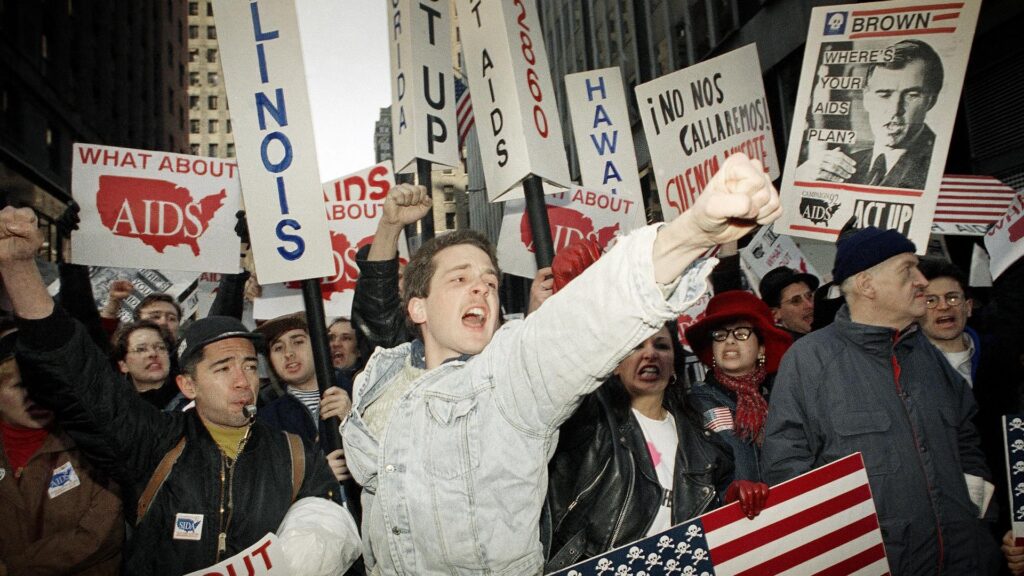
Non-binary identities and pronouns
Non-binary identities have a diverse history spanning cultures. In Indigenous cultures, Two-Spirit individuals embodied both masculine and feminine qualities with spiritual significance. Yet, in the Western world, recognition has been slow. The last decades, visibility enabled non-binary people to express themselves openly. One crucial aspect of recognizing and supporting non-binary individuals is using correct pronouns. Many non-binary people prefer gender-neutral pronouns such as “they/them,” “ze/zir,” “ey/em,” among others. Respecting and using these pronouns is essential in creating an inclusive environment, fostering a sense of validation, and showing respect for their identities.
Despite the progress made, challenges and misconceptions still persist. Acknowledging historical presence fosters understanding, building a more compassionate world for members of the LGBTQIA+ community. In conclusion, recognizing non-binary identities as an integral part of our diverse human experience is crucial. For more information about non-binary people, please visit this page of The National Center for Transgender Equality.
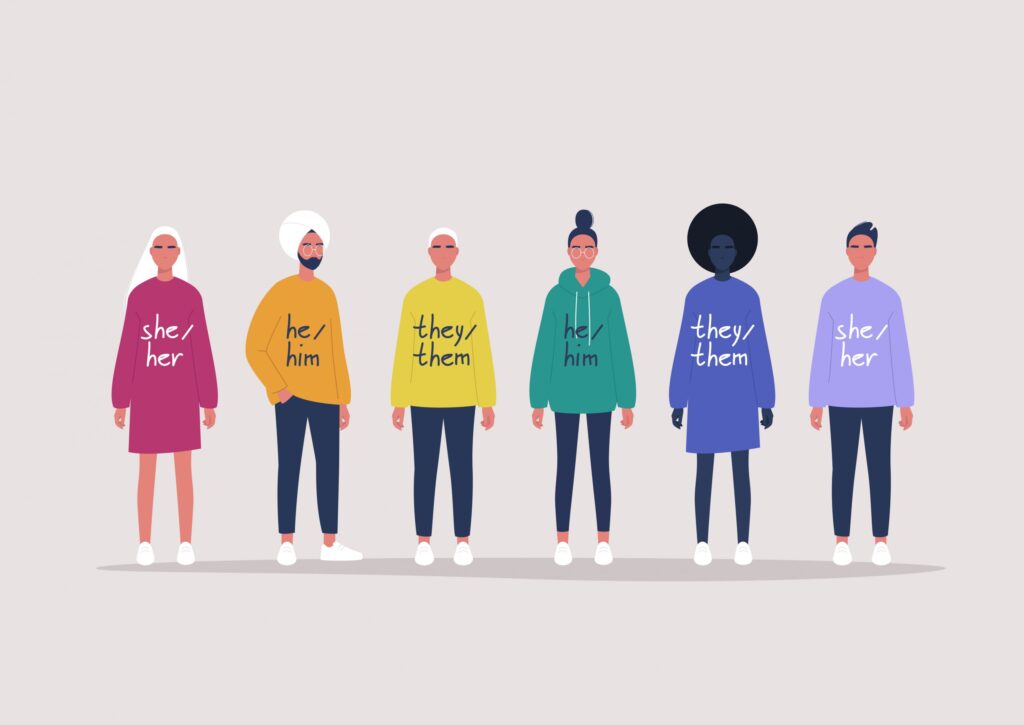
Intersectionality
Intersectionality plays a vital role in understanding gender expression within the LGBTQIA+ community. It highlights how various aspects of an individual’s identity, such as race, ethnicity, disability, and socioeconomic status, intersect and influence their gender journey. For transgender people of color, this intersection can lead to heightened discrimination and violence, making them more vulnerable. Recognizing and addressing these unique challenges is crucial in fostering an inclusive and supportive environment for all members of the LGBTQIA+ community, ensuring that everyone can express their gender identity freely and authentically. Embracing intersectionality allows us to listen to diverse voices and work towards dismantling systemic barriers and ultimately promoting equality and dignity for all. For more information about Intersectionality in de LGBTQIA+ community, please visit this page on the website of Intersect.
The LGBTQ+ community is a multifaceted mosaic of history, activism, creativity, and diverse identities. We recognize that our insights here are merely a glimpse of the richness of the community. We encourage you to seek out official sources and reputable references for a deeper and more comprehensive understanding.
If you want to share additional information or contributions to this blog, please share with us at marketing@hotelcasa.nl. Let us continue to delve into the LGBTQIA+ identity and history, educate ourselves and others, and celebrate the progress toward a more inclusive and accepting world for all.
OUR
BLOGS
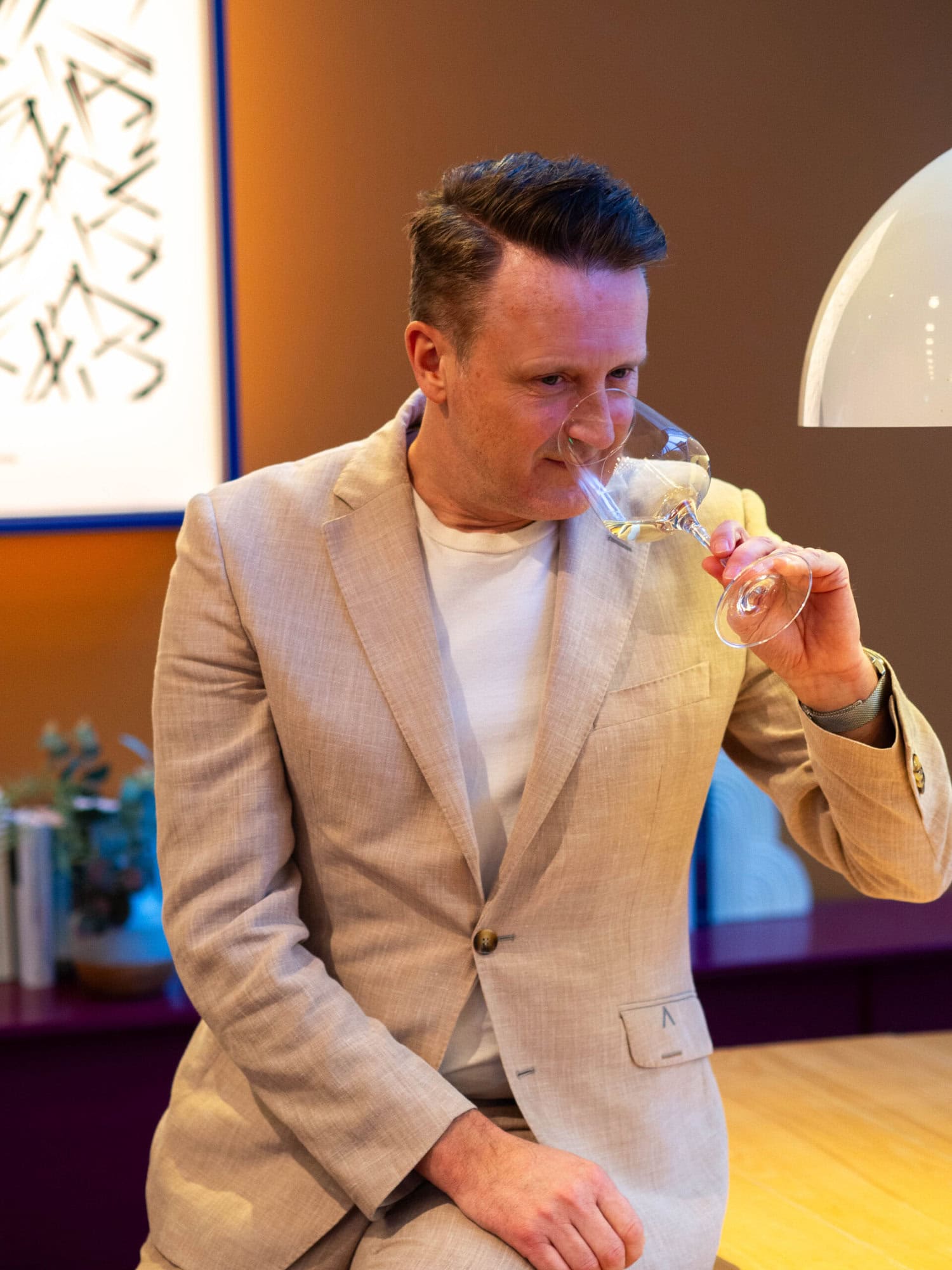
Away from the Ordinary with Gerben
Meet Gerben, the restaurant manager at EAST in Hotel Casa. His energy and professionalism are truly uplifting – you’ll want to know him!

Hoteldebotel – Oscar & Irene
Irene and Oscar met at the old Casa 400 in the 1990s, and now their daughter Sienna continues the CASA tradition by living in the new building.
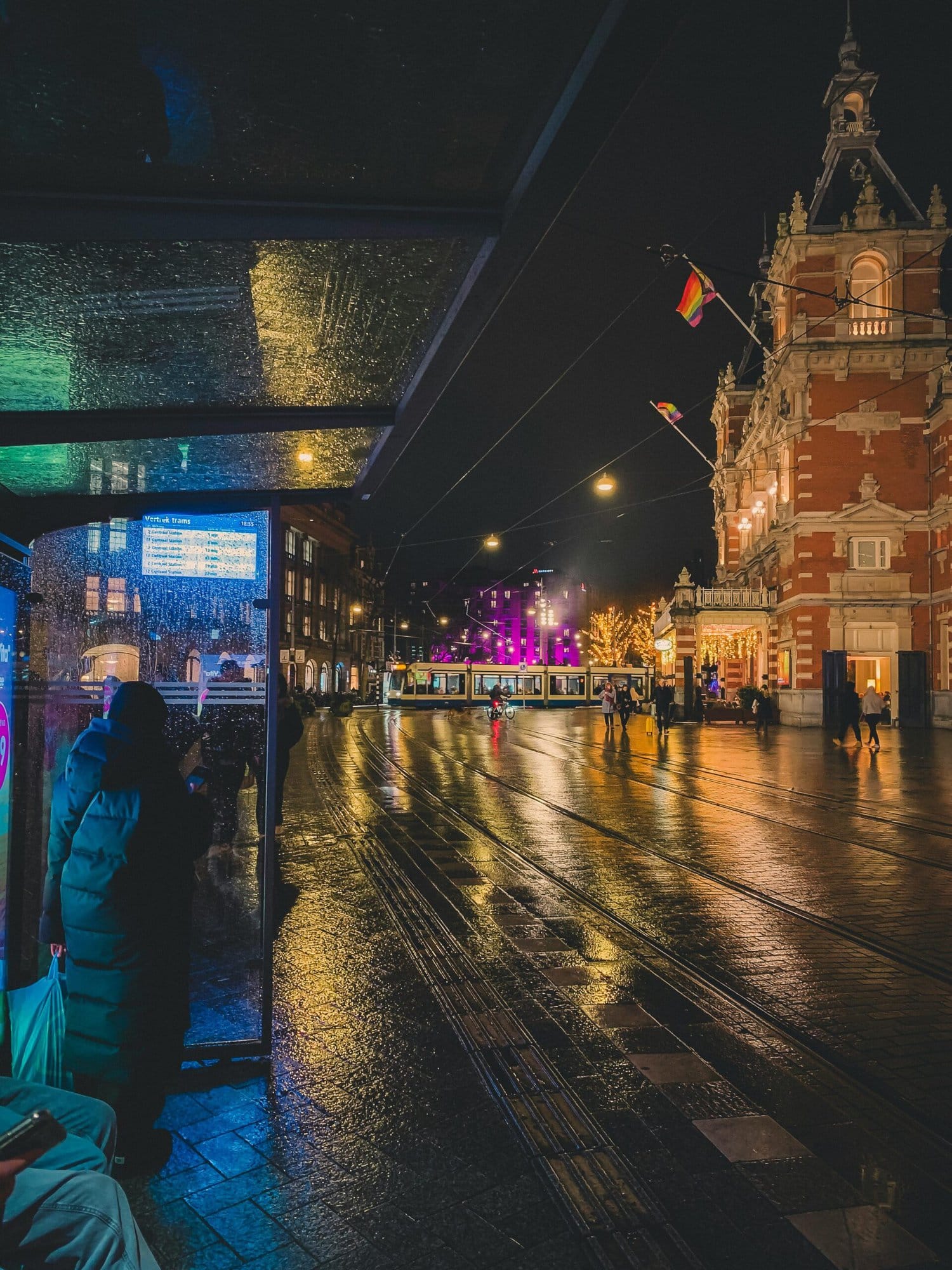
Rain in Amsterdam, what to do?
It’s raining in Amsterdam, again. Discover the most fun activities to do in the city on a cloudy moment and make the most out of your day.
 NL
NL DE
DE FR
FR